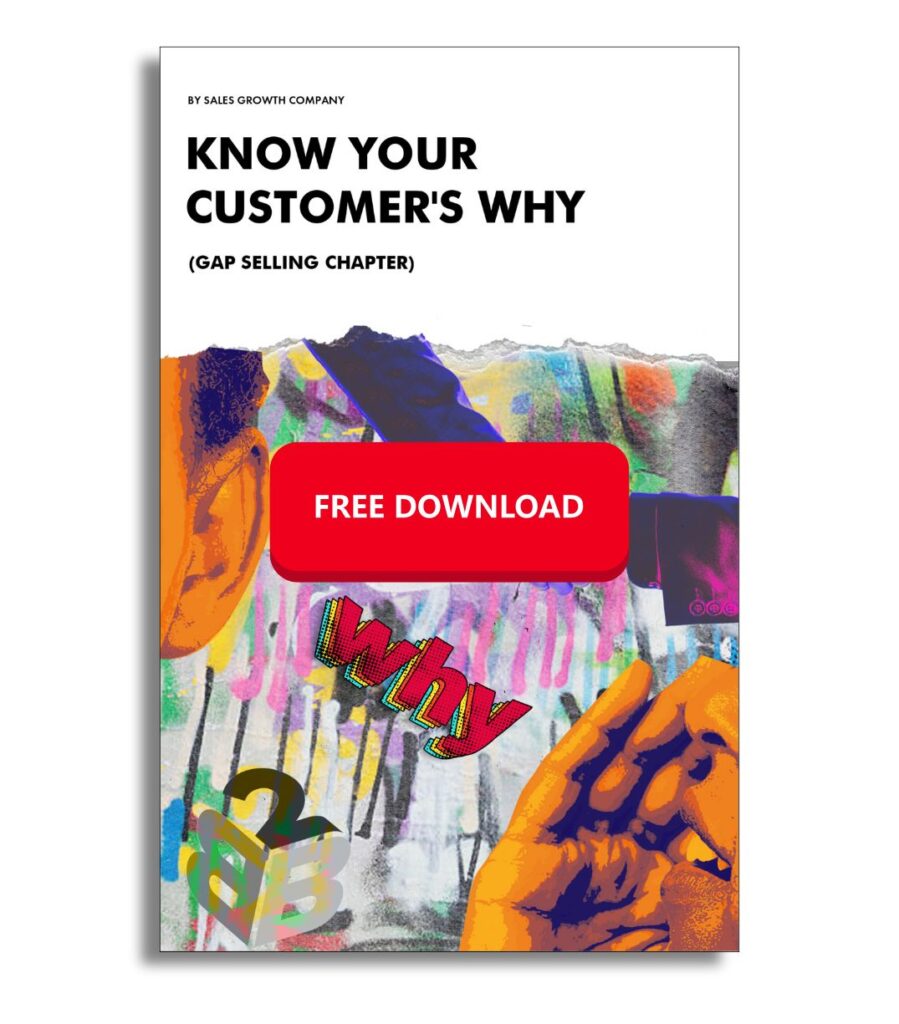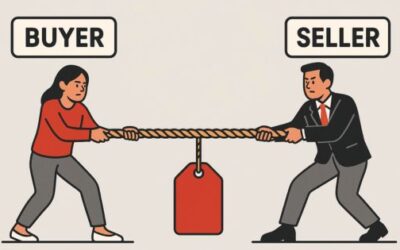I rarely make purchases on behalf of the company. I have the opportunity to make plenty of them but it rarely happens. Why?
Firstly, because I’m afraid. It’s not my money that I’m spending but I am entirely responsible for it. If the purchase is wrong, that falls on me, not the product or the salesperson. I have to put my neck on the line.
Secondly, I have to be able to justify the purchase to people above me. I have a budget but I still have to explain why the purchase is necessary, what that money will return for the company, and exactly what the expected outcomes are.
Thirdly, I can’t tell the difference between any of the products as it relates to solving the problem I’m staring at.
So, what happens? I don’t do anything. I might bring it up briefly in a meeting but it almost never goes anywhere. I stick with the status quo, try and solve it myself, or just bury it somewhere for 5-6 months until the process starts over.
I’m not alone in this. This happens all the time for buyers. It’s a form of decision paralysis. I have just enough information to know something is wrong but not enough to feel comfortable with any solution.
What is decision paralysis?
Typically, decision paralysis occurs when someone is too overwhelmed by choices or information to make a choice. However, the same thing can happen when stakes are high and a buyer can’t differentiate between options. When this happens, buyers will agonize over a decision while not actually making any progress towards a choice.
As salespeople, understanding and addressing this paralysis is crucial.
What causes decision paralysis?
Decision paralysis can happen for 3 main reasons:
- There’s several good choices or no one option stands out
- A buyer is afraid to make a mistake
- A fear of regret
Let’s break these down a bit.
When there’s multiple good options, it’s hard to feel confident you’re making the best choice. Every product looks decent on paper, and they all claim to solve your problem. But which one will actually deliver? It’s tough to tell when they all look and feel similar.
The fear of making a mistake is a big one. For me, I’m on the hook if things go south. Could be a waste of money, a damage to my reputation, could hurt my team’s performance, and the awkward conversation of explaining a bad decision. That’s some pressure.
And then there’s a fear of regret. What if I choose one option, but later discover that another would’ve been better? Or what if I commit to one and it’s a massive failure. What ifs are brutally paralyzing.
These fears often lead to inaction. It feels safer to stick with what we know, even if it’s not ideal, rather than risk making a bad choice. We end up living with problems we can manage rather than taking a chance on solving them.
Sellers must be cognizant of this. More important than having a great product or knowing you can solve the problem, we must be able to help customers overcome these very real fears.
How can we reduce decision paralysis for customers?
Separate yourself and your solution from you competitors. More often than not, a “discovery call” take 7-10 minutes, the seller grabs some high level information and immediately jumps into a next steps conversation. I’m never convinced that they can actually solve the problem because I don’t understand how they’re different from the other 3-4 sellers I’ve spoken with.
Saying “oh, because of this, we’ll do that” does nothing to help prove to me that you can fix anything. What root causes have been identified that can be directly fixed by the product? Articulate why this will fix the problem.
Go deeper in your discovery, really dig into the customer’s challenges. Ask probing questions that get to the heart of the issue. Show them you understand the problem better than they do.
Once the root causes have been identified, clearly explain how the solution addresses them. Connect the dots between the features and the root causes. Show how each aspect of the product directly tackles something they mentioned.
Build confidence in your buyer. They may be afraid of making a mistake, give them reasons to feel secure. Help them justify the purchase internally. They’ll need to explain this decision to others so give them the tools to do so.
Simplify the decision-making process. Break down complex solutions into manageable steps and set goals for what success will look like for the implementation.
Discuss the potential costs of inaction – what happens if you don’t solve this problem? Compare those costs to the costs of action and the expected return. Position yourself as a partner who’s there for ongoing support.
Show them you understand their challenges, that you have a legitimate solution, walk them through the steps, and show you’ll be there to make it work.



0 Comments